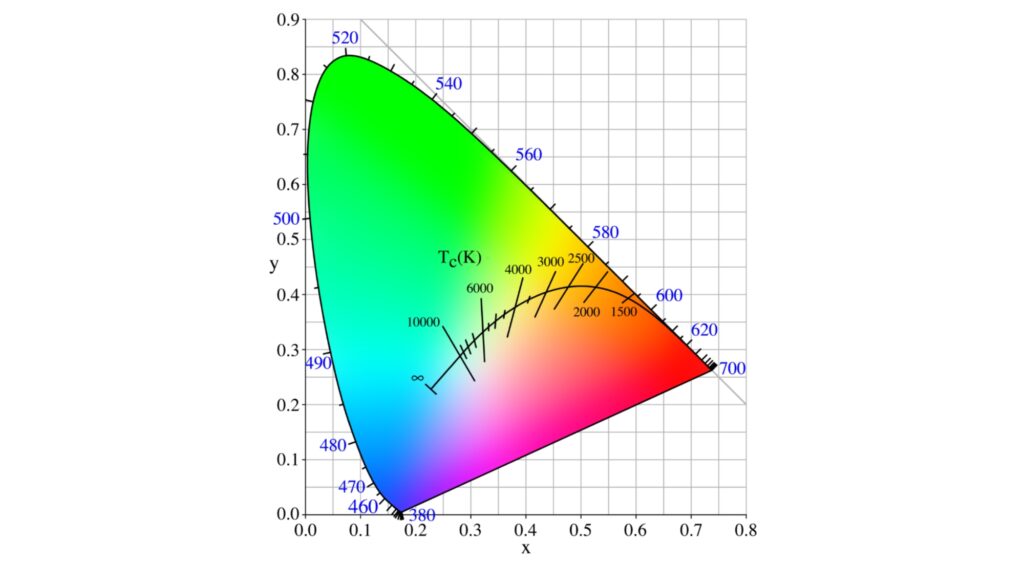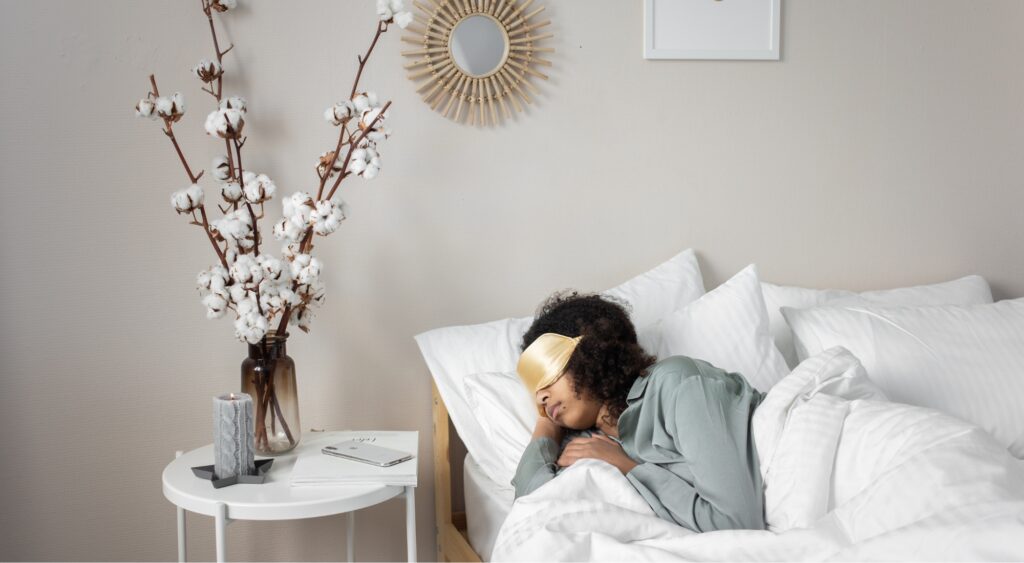The effects of color on sleep play a significant role in how restful and restorative our nights can be. By carefully managing light exposure and selecting appropriate colors for our surroundings, especially in the bedroom, we can significantly enhance our sleep experience. Research reveals that different colors and light wavelengths influence our sleep patterns in various ways. Understanding these effects allows us to create a bedroom environment that fosters relaxation and restful sleep.
The Impact of Light Colors on Sleep

Different colors of light can either improve or impair sleep quality, depending on their wavelength and the time of exposure. Below are the key effects of various colors:
- Red Light: Exposure to red light before bedtime can be detrimental to sleep. It increases alertness, anxiety, and negative emotions, which can shorten the time it takes to fall asleep (sleep onset latency), increase the number of microarousals (brief awakenings), and reduce overall sleep time and sleep efficiency.
- Blue Light: Commonly emitted by screens (such as phones, computers, and TVs), blue light is notorious for suppressing melatonin production, the hormone that regulates sleep. This suppression leads to difficulties in falling asleep and a reduction in overall sleep quality.The effects of color on sleep, particularly blue light, are critical in understanding modern sleep challenges.
- White Light: White light, often associated with daylight and many indoor lighting solutions, disrupts sleep by shifting the body’s circadian rhythm. This shift can result in poorer sleep quality, making white light unsuitable for bedroom environments, particularly during the evening.
- Yellow Light: Yellow light is less disruptive to sleep because it does not activate melanopsin, a photoreceptor that influences the circadian rhythm, as strongly as blue or white light. This makes yellow light a better choice for maintaining sleep quality, especially in the hours leading up to bedtime.
- Low Color Temperature Light (1900K): Low color temperature light, particularly around 1900K, has several biological benefits. It mimics the natural light of a sunset, promoting melatonin secretion, which is essential for regulating sleep. This type of light is less likely to disrupt the circadian rhythm, making it an ideal choice for evening use. Additionally, it has been shown to protect the eyes, accelerate wound healing, and support hair growth, positioning it as a promising indoor lighting solution for overall health and sleep management.

The Importance of Bedroom Design
Given that we spend nearly a third of our lives asleep, the effects of color on sleep quality and overall well-being cannot be overlooked. The colors chosen for bedroom walls, furniture, and decor can have a significant impact on our mood and ability to relax.
- Recommended Colors: Soft, muted tones such as blues, greens, and neutrals are known for their calming effects. These colors help to lower blood pressure, reduce anxiety, and promote restful sleep. Incorporating these hues into bedroom design can create a peaceful environment that is conducive to relaxation and sleep.
- Colors to Avoid: The effects of color on sleep are significant, as bright, bold colors in the bedroom can be overstimulating and counterproductive to creating a relaxing atmosphere. These colors may increase energy levels and make it more difficult to unwind at the end of the day.
Creating a Sleep-Friendly Environment

While color is a crucial element in promoting good sleep, it is not the only factor to consider. To optimize your sleep environment, it’s important to also pay attention to:
- Lighting: Use warm, low-intensity lights in the evening to help signal to your body that it is time to wind down. Avoid exposure to bright and blue light close to bedtime.
- Room Temperature: Keep the bedroom cool, as a lower temperature can help signal to your body that it’s time to sleep.
- Noise Levels: Minimize noise disruptions by using earplugs or white noise machines to maintain a quiet and restful environment.

Conclusion
The effects of color on sleep are significant, as the colors and lighting in our bedrooms directly impact our sleep quality and overall well-being. By understanding the effects of different colors and thoughtfully designing our bedrooms, we can create an environment that promotes relaxation, tranquility, and a good night’s sleep. Beyond color, paying attention to factors such as lighting, room temperature, and noise levels will further enhance your sleep quality and contribute to a healthier lifestyle.
For more in-depth information, consider exploring resources on how light exposure affects mood, memory, and sleep quality, as well as studies on the biological benefits of low-color temperature lighting.
For more in-depth information, you can explore:
- Effects of red light on sleep and mood in healthy subjects and individuals with insomnia disorder – PMC (nih.gov)
- Light exposure behaviors predict mood, memory and sleep quality | Scientific Reports (nature.com)
- Several biological benefits of the low color temperature light-emitting diodes based normal indoor lighting source | Scientific Reports (nature.com)
- Red light therapy: How it affects sleep | CNN
- The Effect of Light Colour During Night Time to Sleep Quality | Semantic Scholar
- Best Colors to Have in Your Bedroom, According to Color Psychologist – Business Insider
- Several biological benefits of the low color temperature light-emitting diodes based normal indoor lighting source | Scientific Reports (nature.com)




